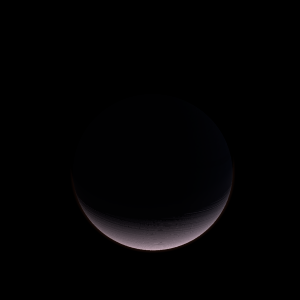|
|
Space Astro
|
Info for exoplanet "Medeia Theus"
| Scientific (actual) data |
|---|
| Planet | TOI-172 b |
| Planet status | Confirmed |
| Planet mass | 5.41 |
| Radius | 0.965 |
| Orbital period | 9.47721 |
| Semi major axis | 0.0913 |
| Orbit eccentricity | 0.3805 |
| Inclination | 88.3 |
| Discovered | 2019 |
| Updated | 2021-01-15 |
| Omega | 57.1 |
| Tperi | 2458330 |
| Tzero tr | 2458330 |
| Impact parameter | 0.22 |
| K | 517.6 |
| Temperature (kelvin) | 1198 |
| Publication | Published in a refereed paper |
| Detection type | Primary Transit |
| Mass detection type | Radial Velocity |
| Radius detection type | Primary Transit |
| Star name | TOI-172 |
| Right ascension | 316.63° |
| Declination | -26.69° |
| Mag v | 11.4 |
| Star distance | 336.47 |
| Star metallicity | 0.146 |
| Star mass | 1.124 |
| Star radius | 1.774 |
| Star age | 7.5 |
| Star temperature | 5644 |
| Wikipedia article | TOI-172 b |
Back
| |
| Fictional info (?) |
|---|
| Suggested name | Medeia Theus |
| Planet type | Large warm gas giant |
| Medeia Theus is a terrestrial planet with a thin atmosphere, having surface features reminiscent both of the impact craters of the Moon and the valleys, deserts, and polar ice caps of Earth. Medeia Theus is orbiting TOI-172 every 9.5 Earth days.
This planet is named after the deity Medeia Theus, the demon of fear.
Medeia Theus is by far the hottest planet in its solar system, with a mean surface temperature of 479°K (206°C), even though Dyslene Erton is closer to TOI-172. It may have had 2H2O oceans in the past, but these would have vaporized as the temperature rose due to a runaway greenhouse effect.
Observations from Earth have shown seasonal change and increased weather activity as Medeia Theus approached its equinox 5 years ago. |
| Atmosphere | Methane | 59% |
| Helium | 24% |
| 2H2O | 9.6% |
| Carbon monoxide | 5.5% |
| Hydrogen deuteride (HD) | 0.51% |
| Nitrogen | 0.45% |
| Sulfur dioxide | 0.052% |
| Water vapor | 0.0076% |
| Atmospheric pressure | 0.007 bar |
 |
| No known satellites |
| Google search for Medeia theus |
|
Website by Joachim Michaelis
|
|
|
|